WATER CONTAMINATION
Drinking water systems throughout the United States have been contaminated with PFAS, a group of chemicals known to cause cancer, thyroid disease, and other health problems.
EVERY PERSON HAS A RIGHT TO CLEAN DRINKING WATER
Our mission is to empower municipal decision-makers to advocate for your community by representing you against BigChem companies.
- Get access to accurate, industry standard testing about the chemical levels in your municipal drinking water systems without putting the cost on your community.
- Understand contamination levels and next steps to most effectively — and quickly — protect your community from dangerous drinking water caused by PFAS and PFOAS from BigChem.
- Make BigChem pay for the damage they’ve done to your community and their families.
WHAT ARE PFAS / PFOA
A PFOA or PFOAS is an emerging contaminant that has been found in the drinking water of many communities across the United States.
PFOAs are perfluorinated chemicals (PFCs), also known as polyfluoroalkyl substances (PFAS). PFOAs have been used for many years in consumer products such as Teflon™ cookware and Scotchgard™ fabric protector.
PFOAs are difficult to remove from water because they do not break down in the environment and can last for a long time. When the chemicals break down, they form PFOS and PFOA. These breakdown products are considered more toxic than original PFOA compounds.
The state and federal government have set limits on how much PFOA/PFAS can be present in drinking water supplies. The Environmental Protection Agency (EPA) has set a health advisory level of 4 parts per trillion (ppt) for these chemicals in drinking water; this health advisory level is based on animal studies that show possible effects at high doses with long-term exposure or at lower doses with short-term exposure.
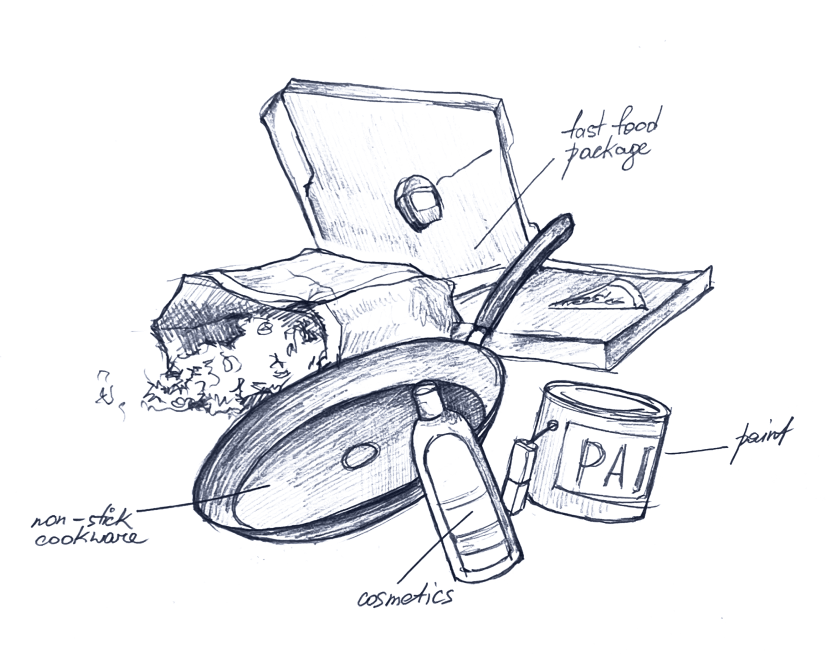
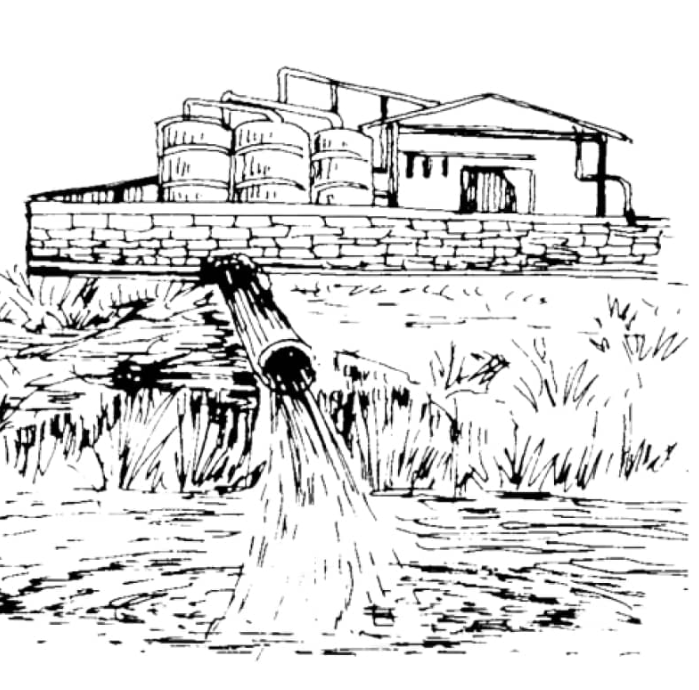
HOW DO PFAS & PFOA GET INTO THE WATER?
more than 100 million people in the US receive drinking water from public-supply wells

83% of waterways tested across the country contain PFAS
SAFE DRINKING WATER ACT
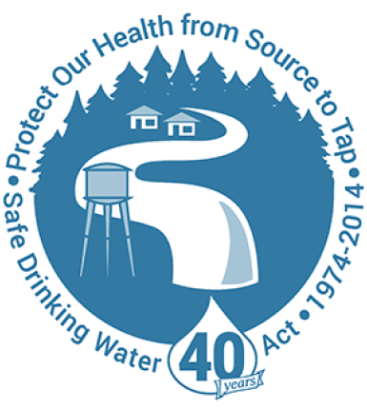

PFAS IN PUBLIC WATER SYSTEMS
Roughly 95% of the U.S. population relies on public water systems to supply their household water for cooking, cleaning, bathing, and drinking.
Most tap water is contaminated with at least one part per trillion (ppt) of PFAS and are found in the bodies of 97% of Americans.
PFAS are in most public water systems across the country, which means they are in most families’ homes and used daily for drinking, cooking, and bathing.
The EPA classifies public water systems into three types:
- Community Water Systems (CWS)
- Non-Transient Non-Community Water Systems (NTNCWS)
- Transient Non-Community Water Systems (TNCWS)
Across the United States, each of these public drinking water systems has been exposed to PFAS at dangerous levels.
TOXIC PUBLIC DRINKING WATER
In June 2022, the EPA released updated guidelines on the levels of PFAS that are considered safe for public drinking water.
How To Test
The most important factor in testing for levels of PFAS in public drinking water is the lab you use. Creating a dialogue with the lab and understanding their testing conditions, as well as the equipment they use, can have a huge impact on the results your tests show regarding the levels of PFAS in the water.
Problems with Test Results
Not all tests are created equal. The most common reaction we hear when we talk to municipality decision makers and plant managers is that the water has been tested or that they don’t want to place the financial burden on their taxpayers.
1. https://www.epa.gov/water-research/pfas-analytical-methods-development-and-sampling-research, 2023
4 parts per trillion (ppt)
EPA health advisory level
How To Test
LC-MS/MS tests are considered the industry standard when detecting small — yet harmful amounts of PFAS in municipal drinking water systems.
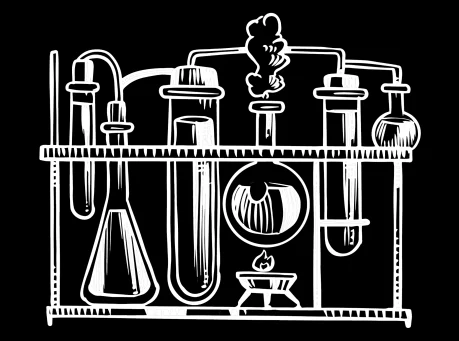
Where do the chemicals come from?
HEALTH ISSUES CAUSED BY PFAS IN WATER
A recent review from the U.S. Centers for Disease Control and Prevention (CDC) outlines a host of health effects associated with PFAS exposure, including cancer, liver damage, decreased fertility, and increased risk of asthma and thyroid disease.

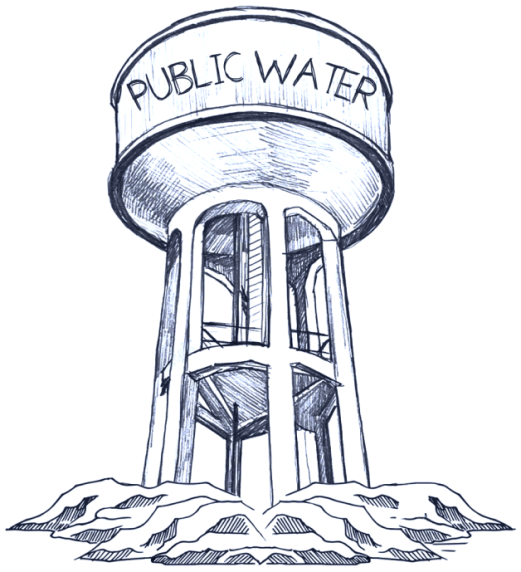
HOW TO TEST YOUR WATER FOR PFAS?
The U.S. Environmental Protection Agency (EPA) has developed two different test methodologies to support its ongoing effort to address the presence of PFAS in drinking water sources and meet the requirements of the Safe Drinking Water Act (SDWA).
These test methods are:
- Method 537: Determination of Perfluorooctanoic Acid, Perfluorooctanesulfonic Acid, and Perfluorohexanesulfonic Acid in Drinking Water by Liquid Chromatography Tandem Mass Spectrometry (LC-MS/MS)
- Method 531: Determination of Perfluorooctanoic Acid, Perfluorooctanesulfonic Acid, and Perfluorohexanesulfonic Acid in Drinking Water by Liquid Chromatography with Electrospray Ionization Tandem Mass Spectrometry (LC-MS/MS)
HOW TO REMOVE PFAS FROM WATER
Reverse osmosis
A reverse osmosis (RO) system uses pressure to push unfiltered water through a semipermeable membrane. The membrane has small pores that block contaminants, such as PFAS, but allow clean water to flow through to the other side. Reverse osmosis is one of the most comprehensive water treatment methods to remove contaminants.
Activated carbon filtration
Ion exchange
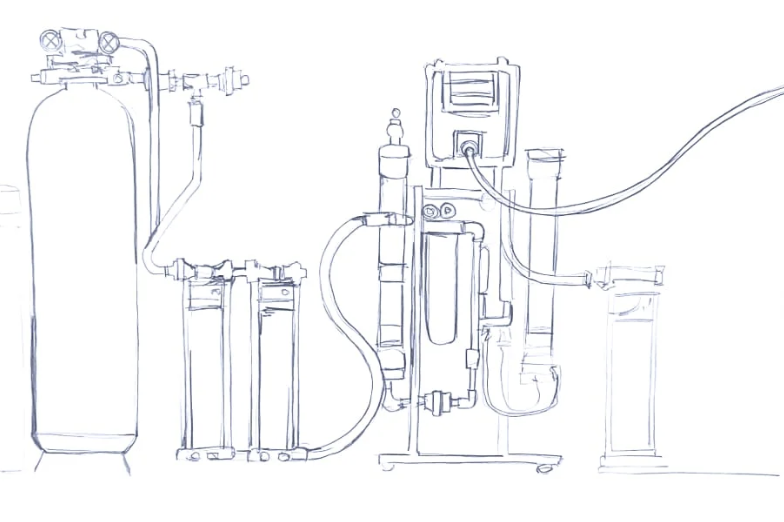
TEST YOUR DRINKING WATER
$1.056 billion verdict against Exxon Mobil
We take the bull by the horns and give you clear and practical advice. Personal, to the point, and in plain language. Any questions? Feel free to call or to drop by.

Stag Liuzza fights industry giants across the country and holds them accountable for their actions. We strive to ensure that communities have access to safe drinking water, clean air, and a healthy environment.
-
One Canal Place
365 Canal Street Suite 2850 New Orleans, LA 70130 - 504-593-9600
www.cleangroundwater.com is operated and provided by Stag Liuzza, LLC responsible attorneys Michael G. Stag and Ashley M. Liuzza. Stag Liuzza, LLC is officed in New Orleans, LA, and our attorneys are licensed in Louisiana and Mississippi.
Nothing on this site should be taken to establish an attorney-client relationship with us unless and until a contract for representation is signed. The attorneys of Stag Liuzza are licensed in Louisiana and Mississippi and may associate counsel licensed in other jurisdictions as necessary.
Past results do not guarantee any similar result or outcome in your claim. Each claim is different.




